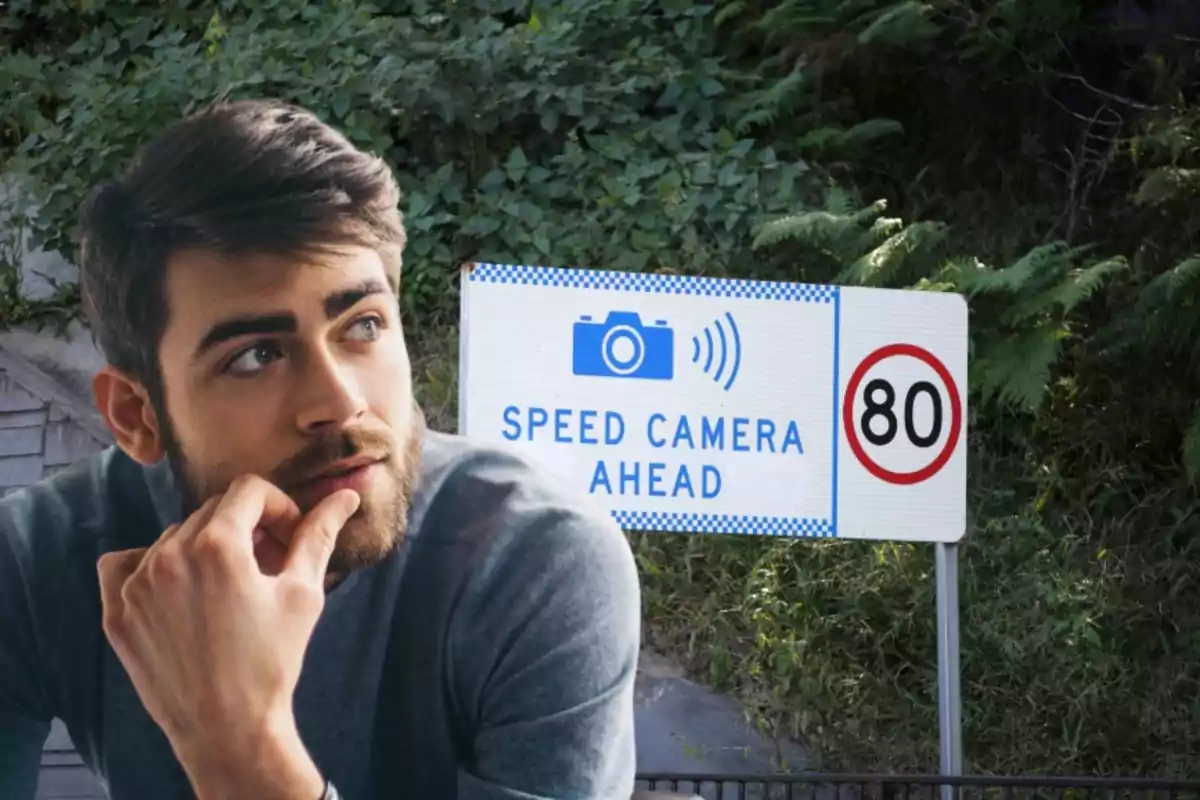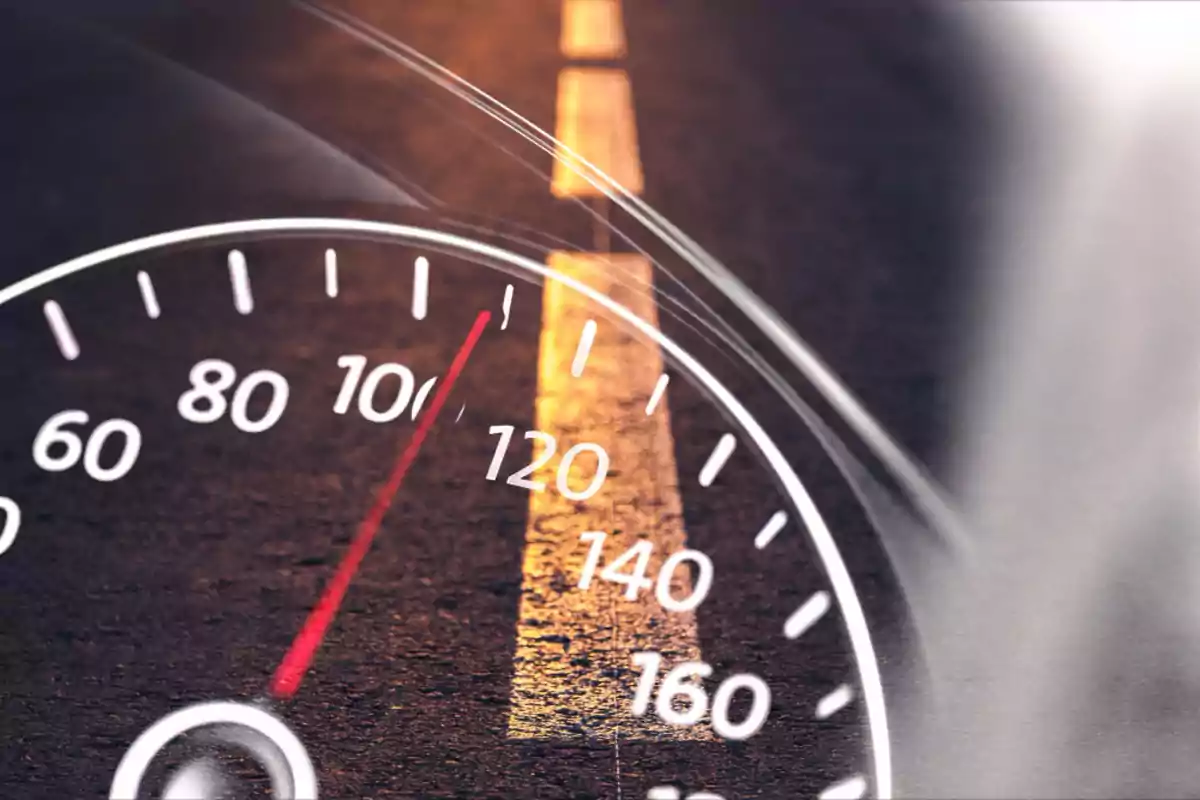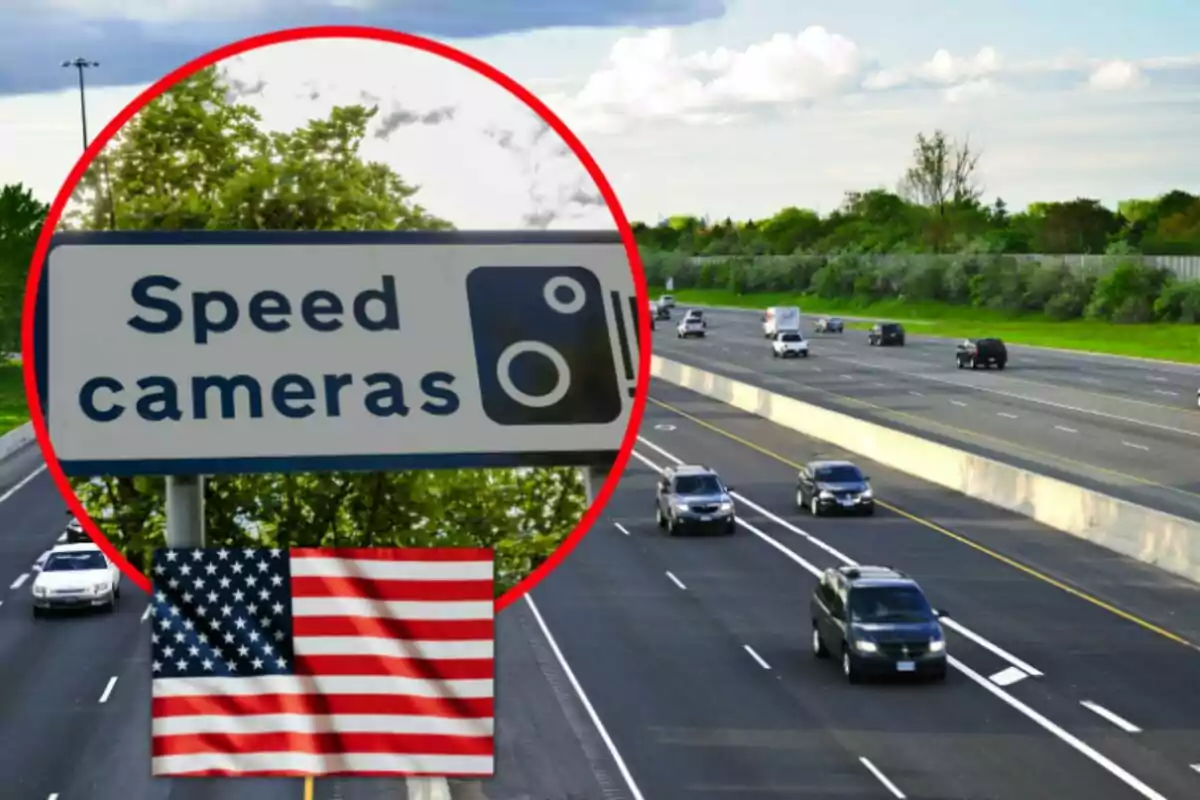It's increasingly common to see speed cameras on roads in the United States. Although many drivers find them annoying, these cameras have proven to be very effective in improving road safety. However, be careful, because not respecting the limits can be costly.
Why are speed cameras used?
Speed cameras are not a new idea. Many countries have used them for years and have managed to significantly reduce serious accidents and road deaths. In the United States, their implementation is more recent and generates divided opinions.
What can't be denied is that the statistics speak for themselves: these cameras reduce fatal accidents by up to 50%. As a result, more states are choosing to install radars and cameras to control speeding and protect all road users.

The case of Colorado: a model to follow
Colorado is one of the pioneering states in adopting this system. The Colorado Department of Transportation (CDOT) decided to install speed cameras in work zones, which are especially dangerous due to lane changes and the presence of workers.
Keith Stefanik, CDOT's chief engineer, says that in these zones many drivers don't slow down, increasing the risk. That's why the state implemented a program that monitors and informs drivers with clear signs about the cameras.
This program aims to raise awareness and improve road safety, not just impose fines.
How the speed control program works
The system is designed so that drivers know at all times where the cameras are. The control zones will be properly marked, eliminating any excuse for not respecting the limits.

If a vehicle exceeds the allowed limit by more than 10 mph (16 km/h), two photographs will be taken at different points and the average speed will be calculated. The established fine is $75, but before issuing a penalty, the program will send a warning so the driver can adjust their speed.
Sally Chafee, CDOT's executive director, explains that this program aims to change behavior, not just punish. Respecting the limits is a simple measure that saves lives.
What happens to the money from fines?
One of the aspects that most concerns drivers is where the fines go. In this case, transparency is key. The money collected will be reinvested in the program to keep and improve the cameras and road safety.
If there's money left over, it will go to the Vulnerable User Protection Company, which helps pedestrians, cyclists, and others at risk. This way, the penalties are not just a punishment, but an investment in everyone's protection.

